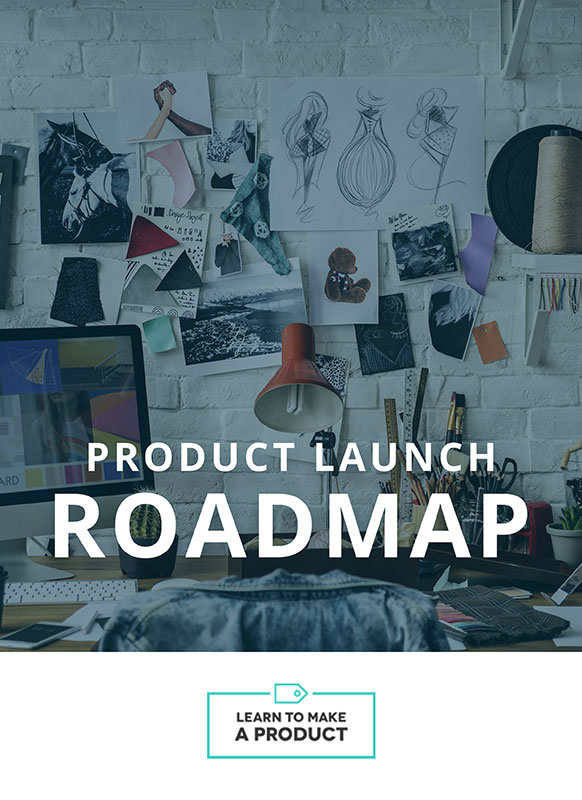Here are my favorite tools for building a great e-commerce store:
1. Shopify has always been my preferred platform e-comm. This is because it has excellent functionality, a ton of flexibility in terms of how your store is laid out, and connects easily with thousands of apps and tools.
2. No matter how DIY a website builder claims to be, most people need at least some custom coding to get a professional-looking store. If you need affordable, task-based developers for your Shopify store try Hey Carson and Storetasker. And check out Fiverr if you are using another platform.
3. Images are everything! Find a solution like Soona that offers stylish product photography and videos at reasonable prices.
4. Clear, persuasive messaging is also key. I recommend reading the book Building A Storybrand by Donald Miller. The “storybrand” framework is helpful when crafting your messaging. We also have an e-commerce copywriting template here you can use for inspiration.
5. Packing and shipping your own orders is fine in the beginning. It should be outsourced ASAP as your business grows though! Shipmonk, Easyship, and Deliverr are all companies who offer order fulfillment, freeing up your time to focus on other things.
6. Automated email sequences will supercharge your store. Examples include a welcome sequence to educate new customers about your brand, an abandoned checkout flow to get people to complete their purchase, and review request emails to build social proof. Klaviyo is the best software for e-commerce entrepreneurs because of it’s focus on physical products.
I hope you find this list useful!
Liz
None of these companies have asked us to promote their products. While some pay an affiliate commission, all of these resources are suggestions we would share with clients regardless. We hope this list helps you grow your business!


